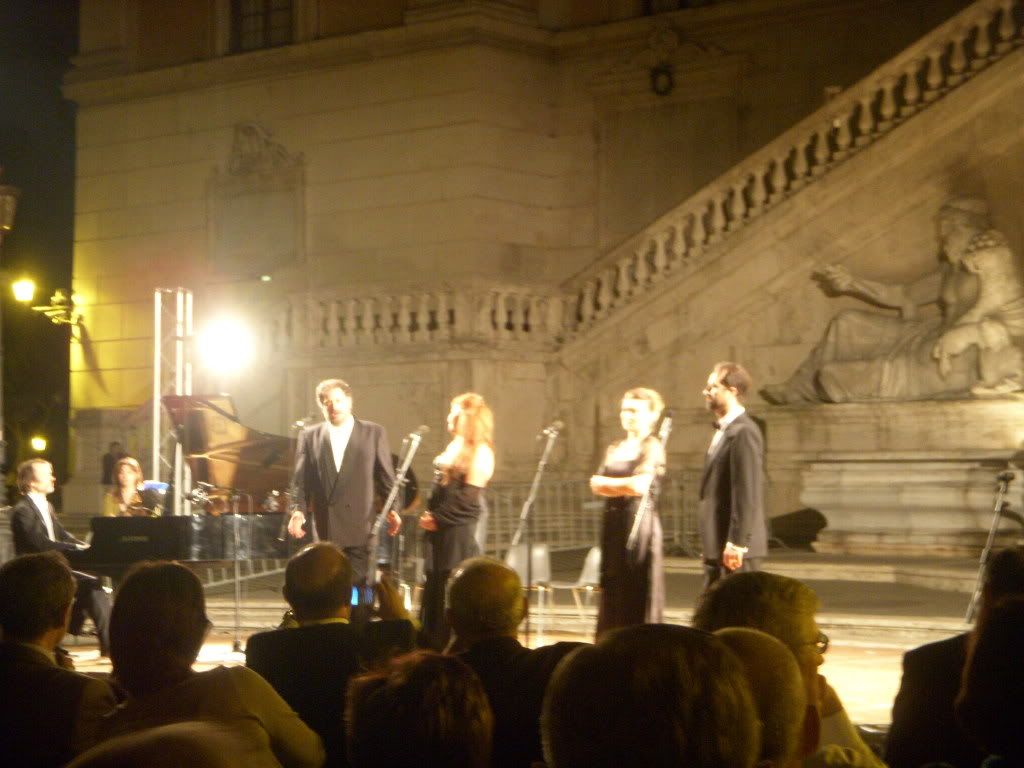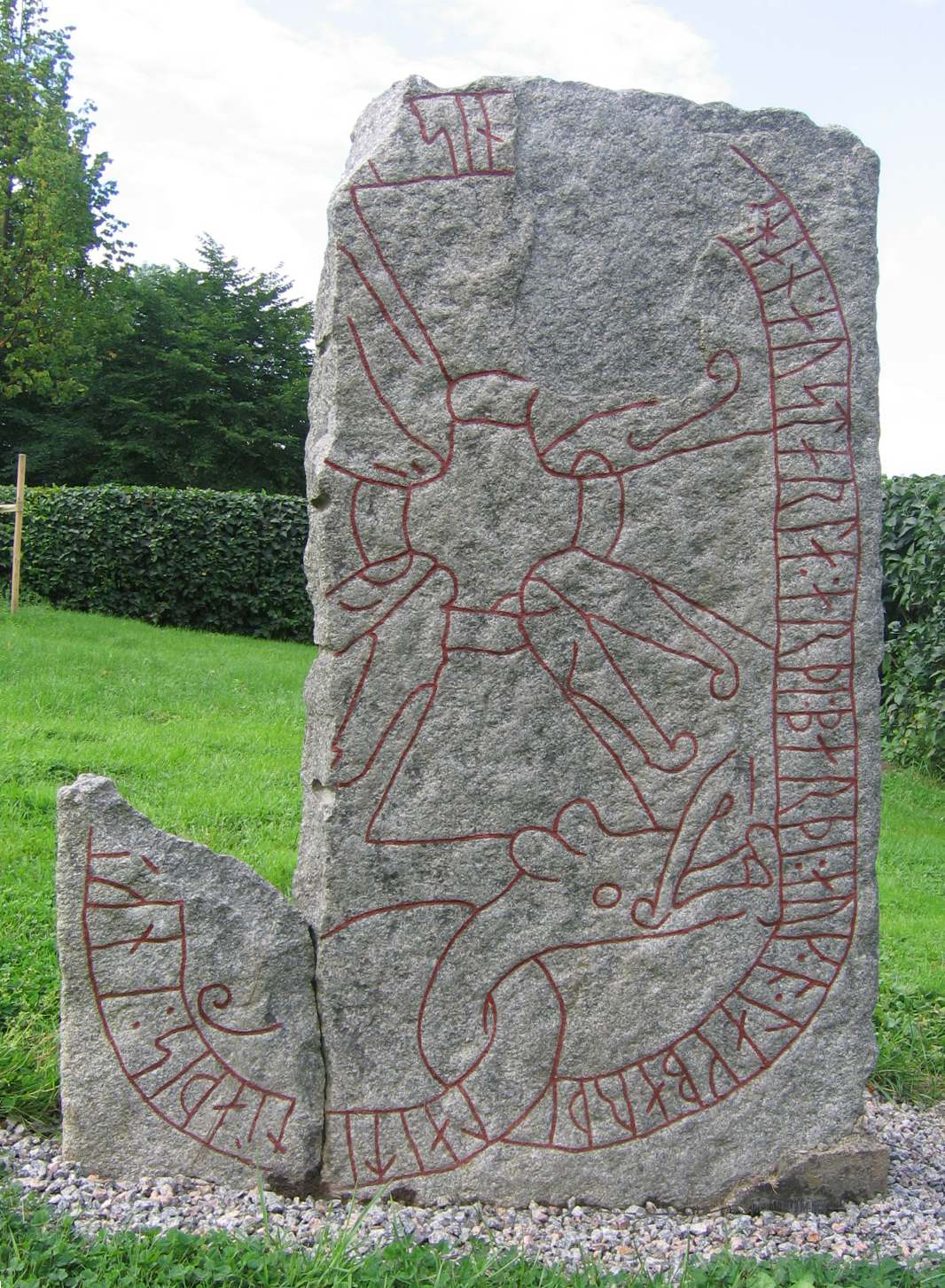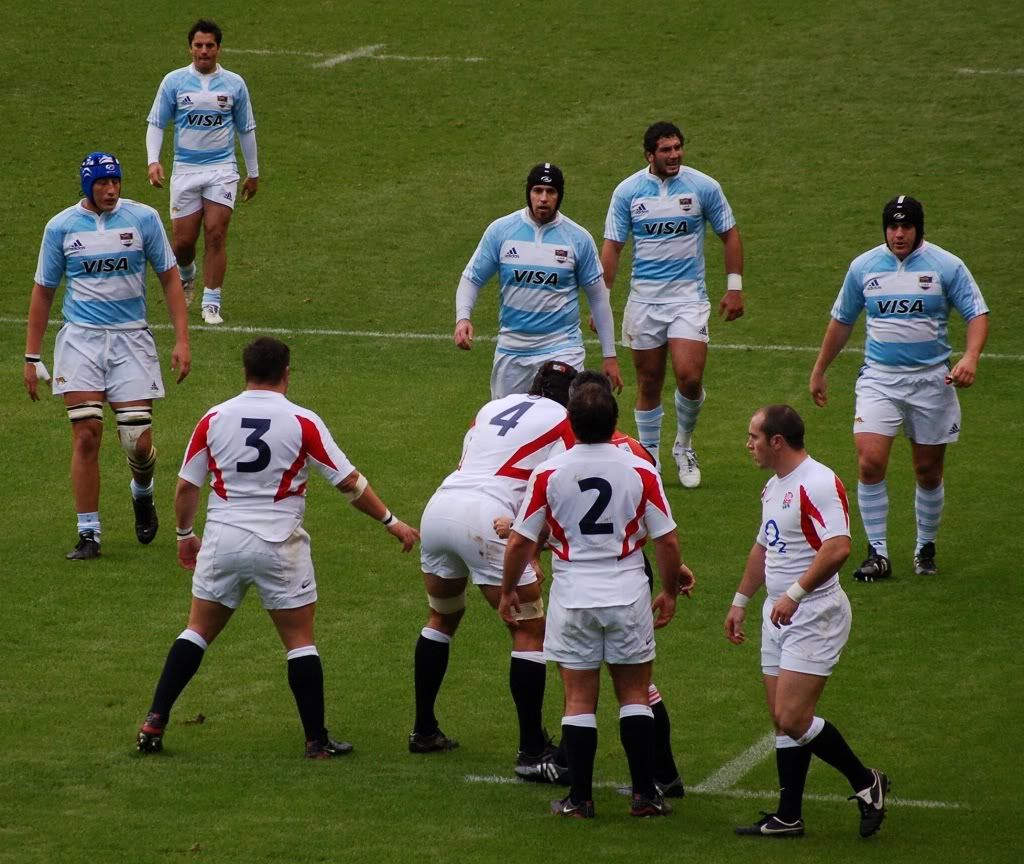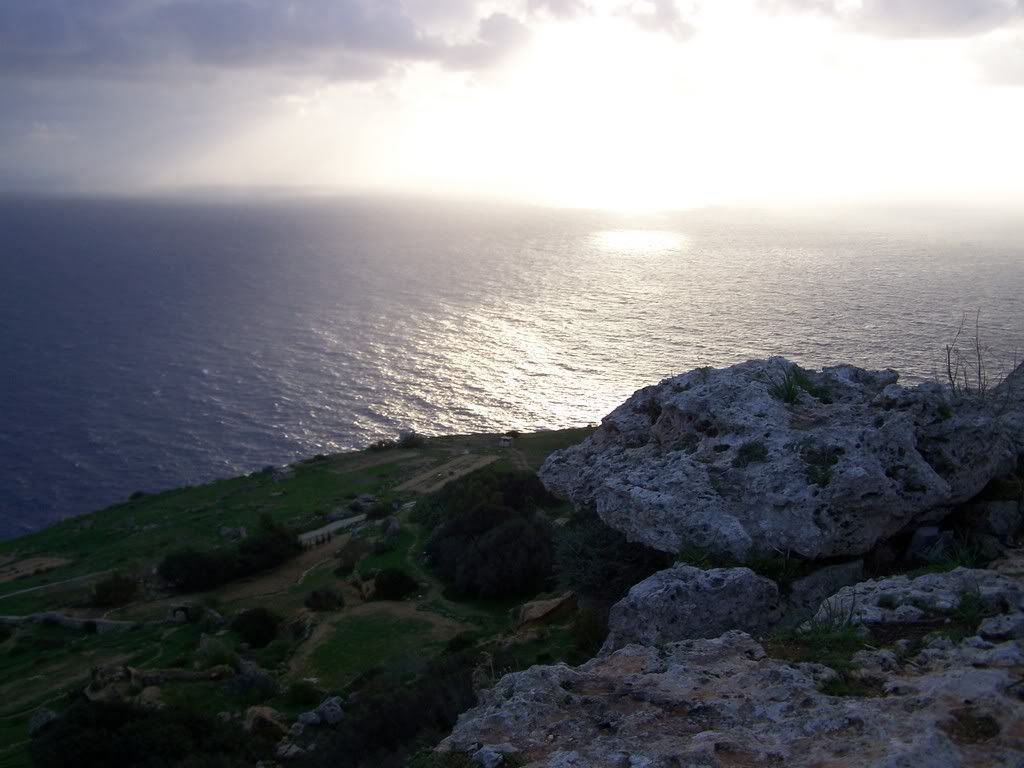 Quintessential experience when in Italy: The opera
Quintessential experience when in Italy: The opera
By Giovanna Dell'orto - Associated Press - June 24, 2011
MILAN, Italy – Opera is as fundamental to Italy's soul as the Colosseum, Michelangelo or pasta. To attend an opera performance here in the summer is a quintessential Italian experience — especially if you're willing to brave the often-byzantine process for getting last-minute but astonishingly cheap tickets.
"I don't understand a word of Italian, but I had to be here for the experience," Dr. Ravindran Kanesvaran, a young oncologist from Singapore, confessed in a whisper as we waited in La Scala, Italy's most famous opera house, for the crimson curtain to open on "Aida."
Top tickets for the season-opener at La Scala in Milan go for about $2,400 (2,000 euros), but the last-minute seats Kanesvaran and I got for a midseason sold-out performance cost just $15 (12 euros).
The basic concept of opera — putting dramatic presentations to music — is universal, but the modern version was created at the end of the 16th century for Italian aristocracy. Largely thanks to late tenor and native son Luciano Pavarotti, it has become part of pop culture here.
Teatro alla Scala, the theater's official full name, was one of three iconic venues I hit last summer. It's the must-do for acoustics and prestige. The other two are notable in part for their settings: Arena di Verona, an almost-intact Roman amphitheater in Verona; and Torre del Lago Puccini, where another open-air theater sits on the bank of a marshy lake in Tuscany. It's next to the place where Giacomo Puccini composed many of his most famous operas.
From champagne flutes in gilded halls to a panini picnic on 1,900-year-old steps, the three evenings couldn't have been more different. Here are some details, along with a word of caution: Some shows have been canceled this year due to wildcat strikes over new government regulations.
TEATRO ALLA SCALA: Never mind that I was perched high above the swirls of gilded flowers and red velvet draperies, above four tiers of regal boxes and nearly up against the rosette-covered ivory ceiling. The firefighter on duty at the top gallery row inside this fantastically opulent 1770s theater approved of my choice of seat.
Top critics, he said, like to be in the gallery so no abundance of visual flourish could distract them from the sublime listening. No serious opera connoisseur myself, I found it hard not to be absorbed by Franco Zeffirelli's lavish staging of Giuseppe Verdi's "Aida."
Premiered in 1871 in Cairo, and next year at La Scala, the opera tells a tragic tale of love and pharaonic intrigue in ancient Egypt. The grandest of grand operas, its staging that July night was a profusion of massive choruses against gigantic hieroglyphs.
Then Radames, the hero captain of the Egyptian guards who spurns his king's daughter to love her slave, Aida, with devastating consequences for all, sang out the most celebrated solo aria, "Celeste Aida."
And I realized the firefighter was right. Eyes shut, I let myself be transported by this most poignantly lyrical political tirade masquerading as love song. After all, the paeans for lost motherlands sung by Radames and other Verdi characters are but thinly veiled, urgent calls to arms.
That was clear to Italians as well as to their foreign occupiers 150 years ago. In the 19th century, revolts rocked Italy until unification. Verdi, composing operas filled with appeals to freedom and cries against tyrants, literally became the voice of the patriotic Risorgimento movement.
He was so revered as a founding father of modern Italy that when he lay dying in his suite, steps from La Scala, the streets were covered in straw so no noise would disturb the maestro.
Listening to Verdi's music at La Scala is an immersion not only in art but history, and well worth the day I spent getting a rush ticket.
But the procedure was tortuous: Around 11:30 a.m., I got in line outside the theater so that my name would be among the 140 taken down by volunteers at the roll-call beginning at 1 p.m. At 5:30 p.m., I got in line again to be given a number, with which I queued one last time to get the ticket that would finally grant me entry that evening. But it only cost a fraction of the front-row $300 tickets.
ARENA DI VERONA: If "Aida" is the grandest of Italian operas, its most stunning staging is at Verona's Arena, a first-century Roman amphitheater that has hosted theater performances since the early 1700s.
In the warm July dusk, I sat on the top row of giant limestone steps, as the sunset cast a salmon-pink glow over the city's medieval bell-towers and vine-covered hills, while strings opened the first notes.
In the 19,000-seat open-air arena, it's hard to distinctly make out the lyrics, but no setting can better display Verdi's dramatic monumentality. And Verdi's popular appeal is nowhere more apparent than in the contrast between the informal feel of the audience sharing jugs of wine and sandwiches on the steps and the over-the-top staging.
The first massive, full-orchestra chorus invoking war against Egypt's Ethiopian invaders was so thrillingly powerful that even the director jumped up and down. In "Celeste Aida," the tenor's lone voice miraculously filled the entire arena as the city disappeared in the darkness.
But the Arena experience is truly unsurpassable in "Aida'"s most famous moment, the triumphal march celebrating Radames' victorious return.
As trumpeters rang out deceptively simple notes, guards carrying torches filed down and lined up along one-third of the arena.
Four white horses pranced on the obelisk-fringed stage and knelt before the pharaoh while a ballet troupe swirled among the palms and sphinxes. The two toddlers sprawled between me and their German-speaking parents seemed as utterly enthralled as I was.
When "Aida" inaugurated the first summer opera season at the Arena in 1913, the audience included Puccini, whose operas are as renowned as Verdi's, though at the other end of the emotional spectrum.
Where Verdi's music excites fury and glory, Puccini's aims straight at the heart with sensuous, tear-jerking melodies.
PUCCINI FESTIVAL: Puccini penned some of his most famous arias in his Tuscan house by the marshy Lake Massaciuccoli in the late 19th and early 20th centuries. Every summer, a Puccini festival is held next-door in an open-air theater. Ducklings scurry away as you enter via a lakeside wooden bridge.
Years ago, lantern-laden rowboats were sprinkled on the lake behind the stage for a performance of "Madama Butterfly." For last summer's performance of "Turandot," I thought the orchestra was going all out with gongs and cymbals until I realized a strong thunderstorm was exploding in the mountains behind our seats.
"Turandot" is Puccini's last, unfinished opera from 1924. It is the story of a namesake Chinese princess who resolves to marry only the suitor who can solve three riddles (she kills all the others). Finally a prince gets the three answers right, and tells Turandot she can only get out of marrying him by guessing his name.
One of the world's most recognizable arias is "Nessun Dorma," which the prince sings anticipating love's final victory as the dawn deadline approaches and Turandot remains clueless.
I grew up listening to Luciano Pavarotti's signature rendition of this powerful hymn to hope, so no other tenor, however good, will ever be quite as meltingly emotional for me.
But to experience this aria not in a theater, but among fragrant linden trees on a balmy night, is incomparable. No stage setting could so precisely replicate the fairy tale's first glimpse of a happy ending.
Most poignantly, it is the same lakeside evening Puccini enjoyed, when this aria was still playing only in the mind of one of Italy's greatest musicians.
If You Go...
LA SCALA: Located in Milan. The opera season is year-round, with no performances in August; http://www.teatroallascala.org. Guidelines for rush tickets (about $15): http://bit.ly/92I2IC
ARENA DI VERONA: Located in Verona, about halfway between Milan and Venice. The 2010 season is June 18-Aug. 29; http://www.arena.it
PUCCINI FESTIVAL: Located in Torre del Lago, in Tuscany, about 20 miles from Pisa. The 2010 edition is July 16-Aug. 22; http://www.puccinifestival.it
STRIKES: Some performances in the 2010 season have been canceled last minute due to wildcat strikes.
.
 From Wikipedia's "Varangians" page:
From Wikipedia's "Varangians" page:






